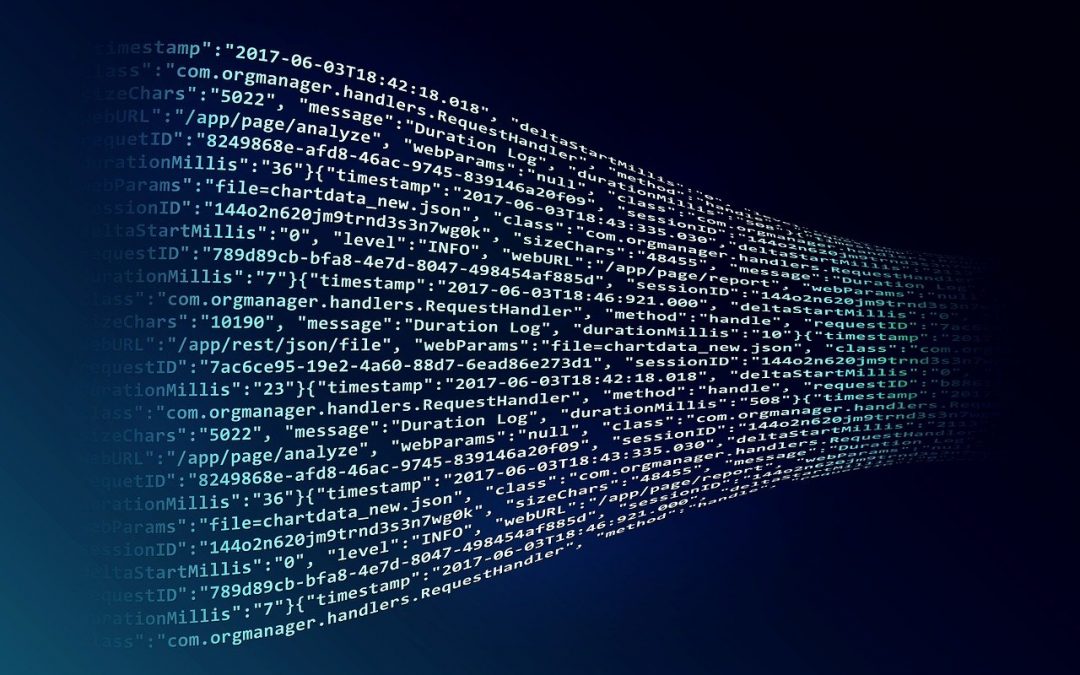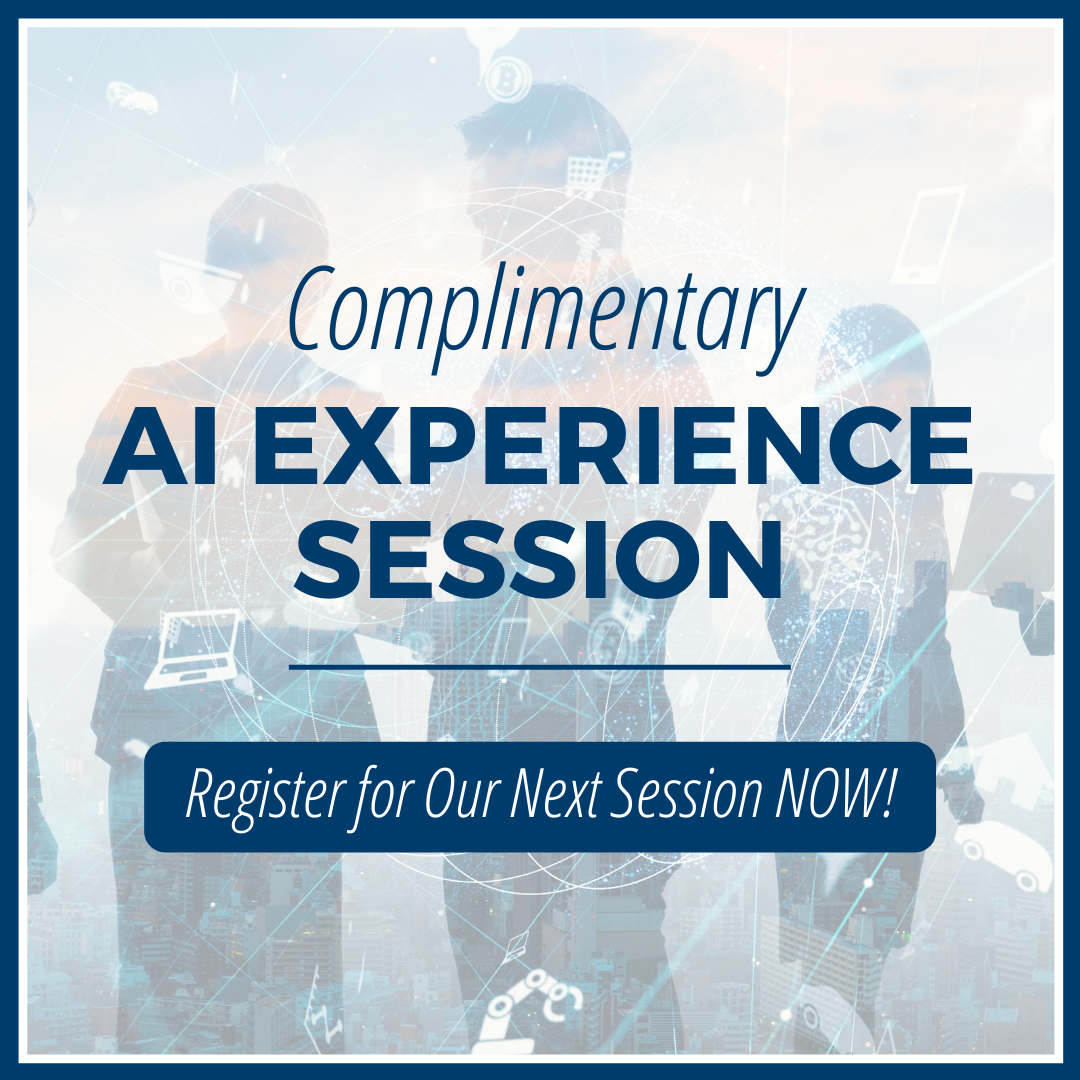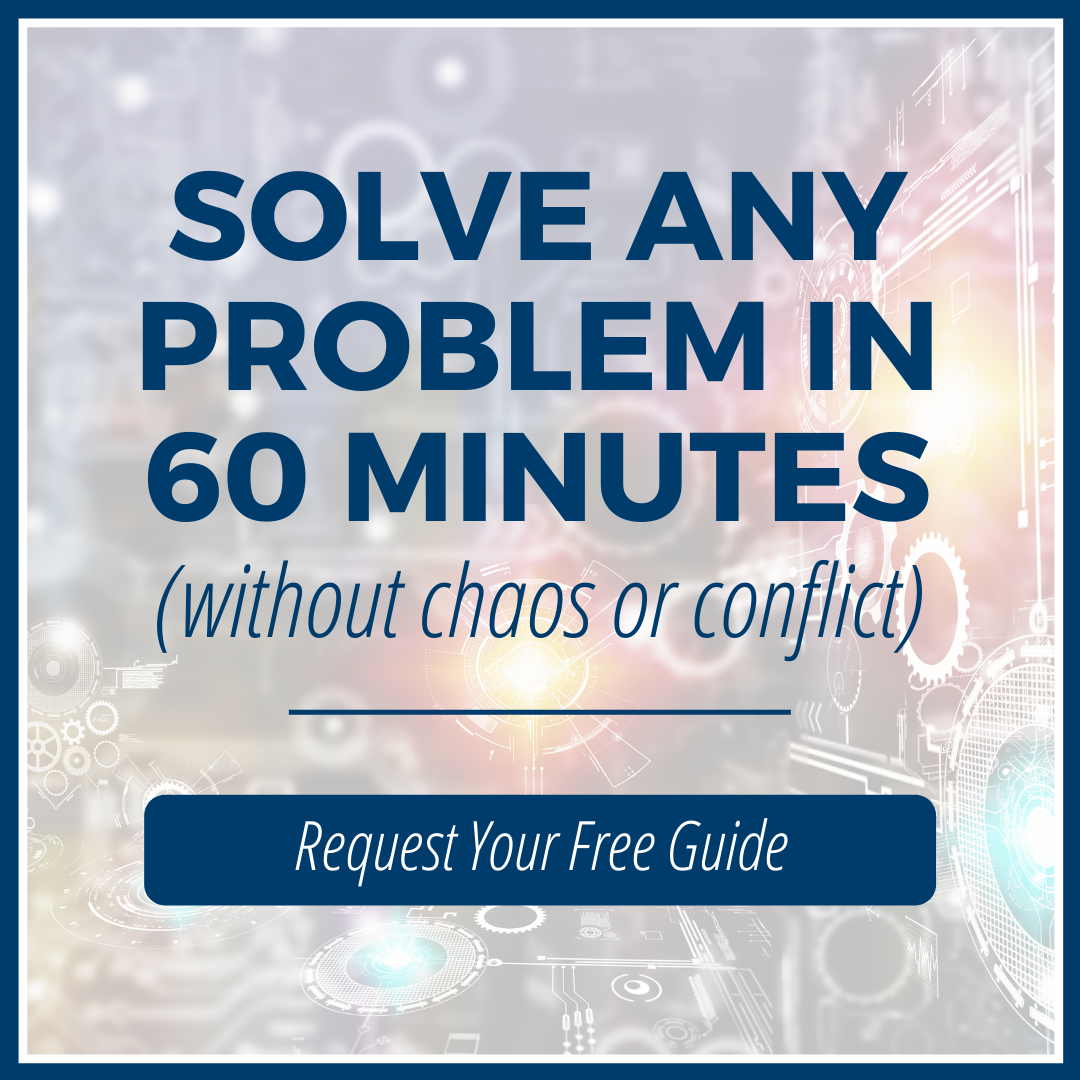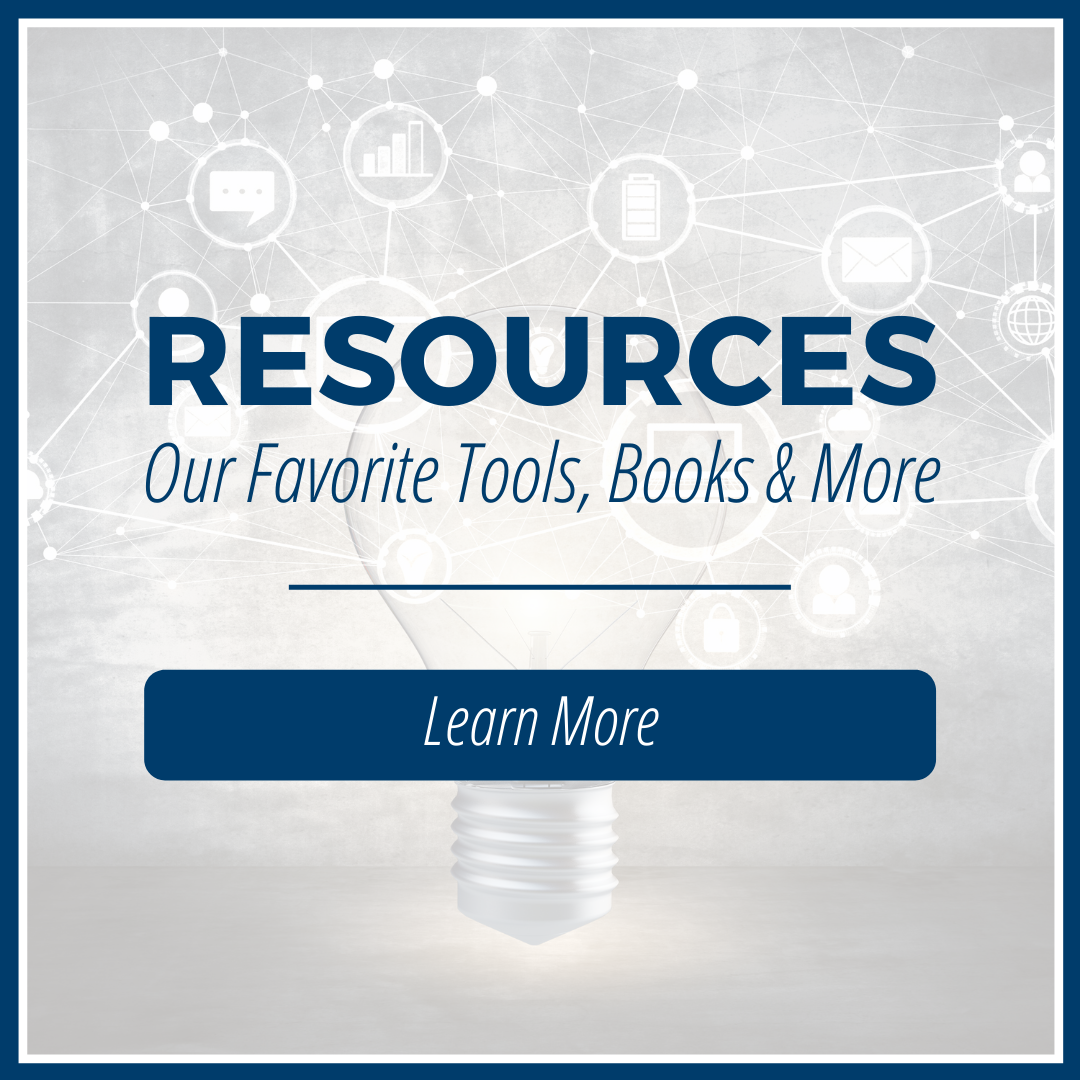The impact of the coronavirus Covid-19 on our world during this year of 2020 has been unimaginable and it is still transforming our social, economic, and business lives into entirely new formats. Without running through all its phases, this blog will look only at the digital technology impact that Covid-19 is having on business. Inspiration for this blog comes from the latest book on artificial intelligence, Competing in the Age of AI by Marco Iansiti and Karim R. Lakhani [1] (2020). This is a MUST read book by anyone wanting to know what is happening to our world today. The reader does not need to understand Artificial Intelligence, data collection, coding, or algorithms but should be curious about what Covid-19 did to make AI explode across our business and financial worlds to cause such confusion.
AI is a transformative power that is now playing by new rules mid-stream through the game of digital technology. Artificial Intelligence is ubiquitous throughout our world as it moves with warp speed. “It’s all about the emergence of a new type of firm, that uses AI in a much subtler way to break down age-old operational constraints, driving new value, growth, and innovation. This New Meta is generating enormous opportunity … and growth … leaving us to struggle to understand the full implications of its new rules” (p. 201). Here are the emerging principles.
- Change is no longer localized; it is systemic. We are subject to Moore’s Law – the density of transistors in integrated circuits will double every year with a corresponding increase in computer power. Digital technology keeps getting better, more powerful, and more broadly applicable with no slowdown in sight (p. 204). It cuts across every industry at the same time driving opportunities and challenges. AI is transforming the economy” (p. 205).
- Capabilities are increasingly horizontal and universal. “New technologies are transforming the nature of capabilities, taking on companies of high specializations and skills, and doing more with universal sets of capabilities, making vertical, siloed organizations. We are moving … to an age shaped by data and analytics, powered by algorithms and hosted in computing clouds for universal use” (pp. 206-207).
- Traditional industry boundaries are disappearing; recombination is now the rule. Clear boundaries are going away as digitization drives ubiquitous connections with separate industries, that are merging with each other (p. 207). “Leaders are finding their business and operating models at risk if they do not understand the dynamics of scope expansion” (p. 208). Some will win and some will lose.
- From constrained operations to frictionless impact. “Digital scale is driving an increasing variety of important processes influencing not only operating efficiencies and economic returns but also social and political activities. …. Frictionless operating models enable companies to scale new businesses at unprecedented rates” (p. 209).
- Concentration and inequality will likely get worse. “Transformation drives the redistribution and concentration of wealth. … one is left to wonder whether the potential impact could be even greater now that the scale, speed, and impact of current trends appear truly unprecedented” (p. 210).
It will take wise leaders to navigate the changing rules of the new metaphase of modern AI. Consider the four following mandates that face AI leaders.
- For starters, leaders must be committed to transformation to build connections across divides, to set up necessary alignments, and to provide a solid foundation of safety, security, and sustainability in business models as well as in their operating models (p. 217). This demands that leaders understand the digital systems that are being created as well as the human interaction of workers with machines (p. 218).
- AI today has created the greatest entrepreneurial opportunities in our history so far (p. 218) – the world is literally jammed with entrepreneurial opportunity! “The wise leader will better appreciate how increasingly digital firms impact the communities around them and consider more difficult social and ethical implications” (p. 219). “Leaders will need to deal with continuous change and frequent collision threatening organizations they lead and the nature of the markets they compete in” (p. 221).
- “As the impact of AI continues to increase, we will see widespread regulation at many levels of government shaping spaces as different as traffic safety and racial bias (p. 221). … “Beyond individual regulations, the most important solution may be to set up collaborative structures and approaches…” (p. 222).
- Finally, “communities are an increasingly important complement to regulations checks and balances to digital firms” (p. 222). “The potential for a community to lead in solving generations of problems is enormous. Communities can be immense assets in the push to master the challenges created by digital operating models.”
Final thought: “As the digital firm reduces human friction and erases transitional internal bottlenecks, the complex interrelationships across communities and organizations have become crucial. The responsibility this creates for the leaders of a relatively small organization is immense” (p. 226). “Leading through these changing times will require a new kind of managerial wisdom to steer organizations from full-scale firms to a new venture and from regulatory institutions to communities” (p. 228).
[1] Iansiti, Marco and Kahhani, Karim; (2020). Competing in the Age of AI, Strategy and Leadership When Algorithms and Networks Run the World, Harvard Business Review Press, Boston, MA.




